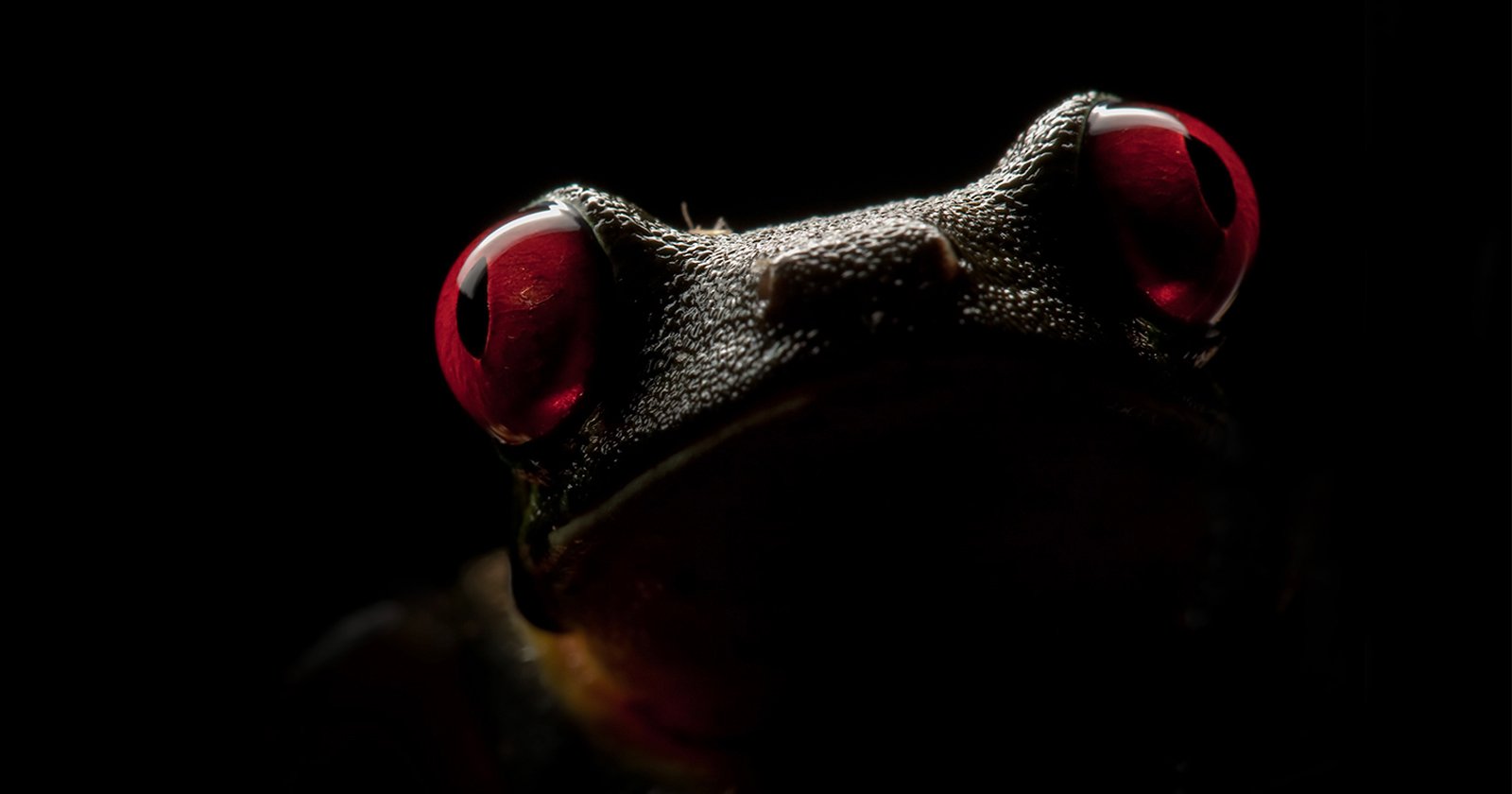
![]()
So, you just bought a fancy new telephoto or macro lens and can’t wait to get in super tight, frame-filling photos on a cool subject of animals or plants set off against a posterboard smooth background. After all, that’s why you spent lots of money on those lenses, right?
These kinds of traditional nature photos are sure to impress, and I’m happy to have a few in my own portfolio; there’s no denying that they look great on the screen or as a big print on the wall! But after a while, shooting this way can get a bit stagnant, both for you as a photographer and for the people viewing your photos. In my latest YouTube video, I offer 11 tips to help you expand your photographic horizons and produce images that break free from the mold. Some of these tips may seem counterintuitive, but I promise that they will help you to get creative and produce fresh images that please you and your fans. These tips apply to bird, wildlife, macro, and even landscape photography.
I’m going to highlight three of my favorite tips here but I suggest you check out my video to see all 11 tips in just 12 minutes.
Look for Bad Light
I often see photographers muttering and cursing when the light isn’t perfect, and that’s exactly when I get excited to photograph. When you see the other photographers packing up, I recommend that you perk up and capture some images that have a wow factor precisely because they’re different from the norm.
While I love perfect natural light as much as the next photographer, I often go out of my way to look for backlight, sidelight, harsh midday sun, and even subjects set off against a cloudy white sky. When handled properly these kinds of “bad light” situations can produce great bird, wildlife, macro, and even landscape images.
![]()
![]()
![]()
![]()
Don’t Get Everything in Focus
Shooting at wide-open apertures has been a mainstay technique for my photography since I started. In part that was out of necessity as I began my photography career in the dark rainforests of Costa Rica. There just isn’t a lot of light in the rainforest, and it’s also hard to get a clean look at an animal subject.
But wherever you are, using a wide-open aperture helps you to solve a few problems with one clean stroke. First, you’ll get a faster shutter speed without having to go to crazy high ISO values. Second, shallow depth of field allows you to better control your background. And third, you can start to embrace the fact that unobstructed views are hard to find. Even today, I actively seek out vegetation through which I can shoot in order to give a different, intimate look to a telephoto or macro image.
Should you be worried that not every part of your subject is in focus? Not at all. I strongly believe that some of the most evocative nature photos are the ones where only part of the subject is in focus. And that doesn’t just go for the rainforest. I’ll look for these types of photos whether I’m in the dense habitats of Costa Rica and Ecuador or out on the vast open expanses of New Mexico or Chile.
![]()
![]()
![]()
![]()
Don’t Fill the Frame
To my mind, the most misguided complaint in nature photography is “I don’t have enough focal length.” Seriously, I get it, and I’ve been there too! But, before you give in to that seemingly Pavlovian impulse to shoot away with the idea of cropping super tight in post-processing, hear me out.
When your subject seems too far away, turn that frown upside down and forget cropping. Look at the situation as an opportunity to take a different type of photo that includes the environment and often will have more visual and emotional impact than the traditional shot.
Photographing this way is actually more difficult because you have to really think about composition. Yes, the very nature of our expensive telephoto and macro lenses can tend to blunt our photographic sensibilities by blinding us to the possibilities of composition.
Now, I’ll admit, sometimes a scene with a subject small in the frame just plain sucks. When that happens, enjoy the experience of being out in nature and put your camera down. But I urge you to free your mind from the fill-your-frame trap and embrace other possibilities where your subject is small in the frame. You just might take your favorite photo!
![]()
![]()
![]()
![]()
About the author: Gregory Basco is a professional nature photographer based in Costa Rica. His images have been awarded in the Veolia Wildlife Photographer of the Year and Nature’s Best Windland Smith Rice competitions and have appeared in numerous magazines and books around the world. His popular e-books include The Guide to Tropical Nature Photography, Lightroom for the Nature Photographer, and the recent mega e-book Flash for the Nature Photographer. Greg is also co-owner of Foto Verde Tours, Costa Rica’s first travel company specializing in photographic tourism. Foto Verde Tours offers nature and travel photography workshops throughout Latin America.
You can see more of Greg’s work on his website or join Greg on a workshop in Latin America. You can also follow him on Facebook, Instagram, and YouTube.






